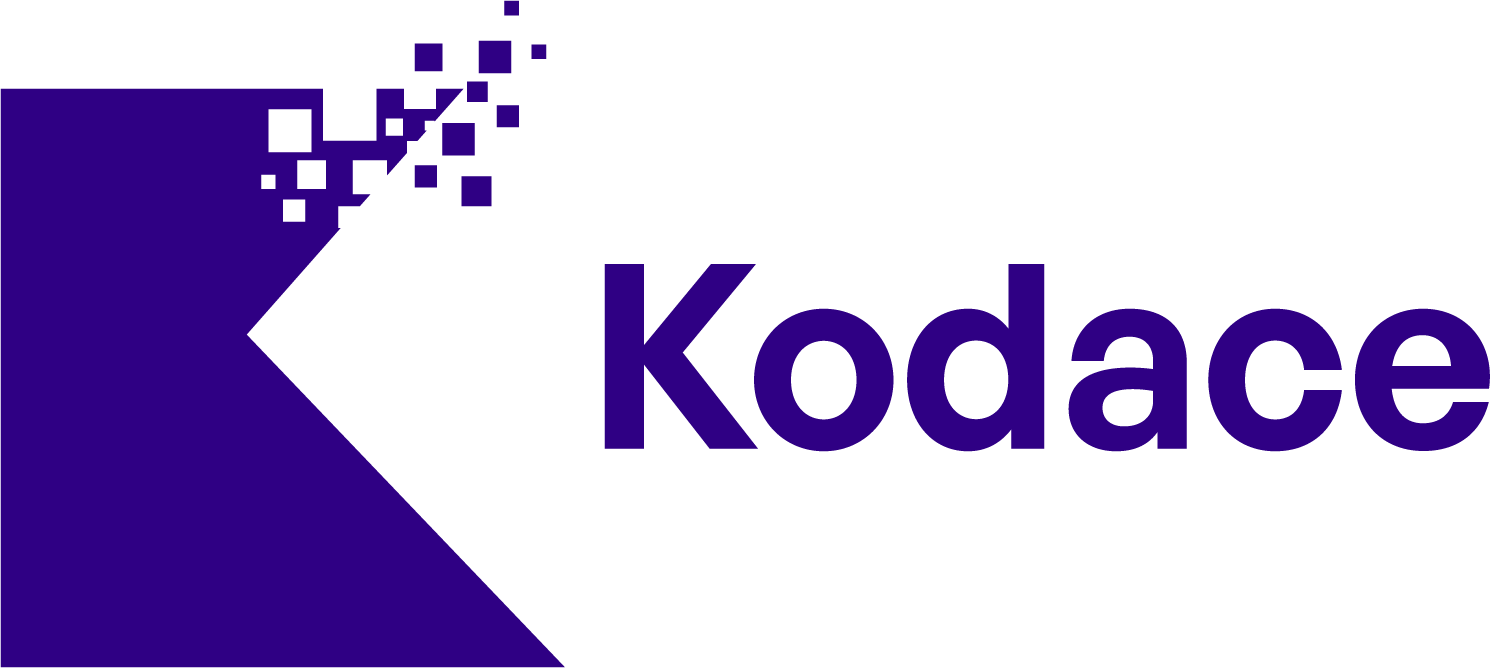Ethical Hacking: Understanding the Mindset and Techniques of Cybersecurity Professionals
In an increasingly digital world, the need for robust cybersecurity measures has never been more critical. Ethical hacking, also known as penetration testing or white-hat hacking, plays a vital role in identifying vulnerabilities, securing systems, and protecting sensitive information from malicious attacks. In this blog post, we will delve into the world of ethical hacking, exploring the mindset, techniques, and ethical considerations that guide cybersecurity professionals in their mission to safeguard digital assets.
1. What is Ethical Hacking?
a. Defining Ethical Hacking: Explain the concept of ethical hacking and its purpose in identifying vulnerabilities and weaknesses in systems and networks.
b. Legal and Ethical Framework: Discuss the legal and ethical boundaries that ethical hackers must adhere to while conducting their assessments.
2. The Mindset of an Ethical Hacker:
a. Curiosity and Problem-Solving: Highlight the importance of curiosity and a problem-solving mindset in the field of ethical hacking.
b. Continuous Learning: Emphasize the need for constant learning and staying updated with the latest hacking techniques, security vulnerabilities, and defensive measures.
c. Thinking Like an Adversary: Explain how ethical hackers must adopt the mindset of a potential attacker to identify and exploit vulnerabilities effectively.
3. Techniques and Tools Used by Ethical Hackers:
a. Reconnaissance: Explore the initial phase of an ethical hacking engagement, where information about the target is gathered through open-source intelligence (OSINT) techniques.
b. Scanning and Enumeration: Discuss the techniques used to identify open ports, services, and vulnerabilities in a target system or network.
c. Vulnerability Assessment: Explain the process of identifying and evaluating vulnerabilities in software, networks, and systems.
d. Exploitation: Introduce the concept of exploiting vulnerabilities to gain unauthorized access or control over a target system for testing purposes.
e. Social Engineering: Discuss the techniques used to manipulate human psychology and exploit human vulnerabilities to gain unauthorized access.
f. Password Cracking and Brute-Force Attacks: Explain the methods employed to crack passwords and gain unauthorized access to systems.
g. Web Application Security Testing: Discuss the techniques and tools used to assess the security of web applications, including vulnerability scanners and manual code reviews.
4. Ethical Considerations in Ethical Hacking:
a. Informed Consent: Highlight the importance of obtaining proper consent and authorization before conducting any ethical hacking activities.
b. Data Privacy and Confidentiality: Discuss the ethical responsibility of ethical hackers to handle sensitive data and information with utmost care and confidentiality.
c. Responsible Disclosure: Explain the process of responsibly disclosing discovered vulnerabilities to the affected organization, ensuring they have an opportunity to fix the issues before public disclosure.
5. The Role of Ethical Hacking in Cybersecurity:
a. Proactive Security: Discuss how ethical hacking helps organizations identify and address vulnerabilities before they can be exploited by malicious actors.
b. Strengthening Security Posture: Highlight how ethical hacking assessments can help organizations improve their overall security posture by identifying weaknesses and implementing effective security controls.
c. Compliance and Regulatory Requirements: Explore how ethical hacking assessments assist organizations in meeting compliance requirements and industry standards.
6. The Future of Ethical Hacking:
a. Artificial Intelligence and Machine Learning: Discuss the role of AI and ML in automating certain aspects of ethical hacking, such as vulnerability scanning and threat detection.
b. Internet of Things (IoT) Security: Highlight the emerging challenges and opportunities in securing IoT devices and networks.
c. Red Team vs. Blue Team: Explore the ongoing battle between ethical hackers (red team) and defenders (blue team), and the importance of continuous testing and improvement.

